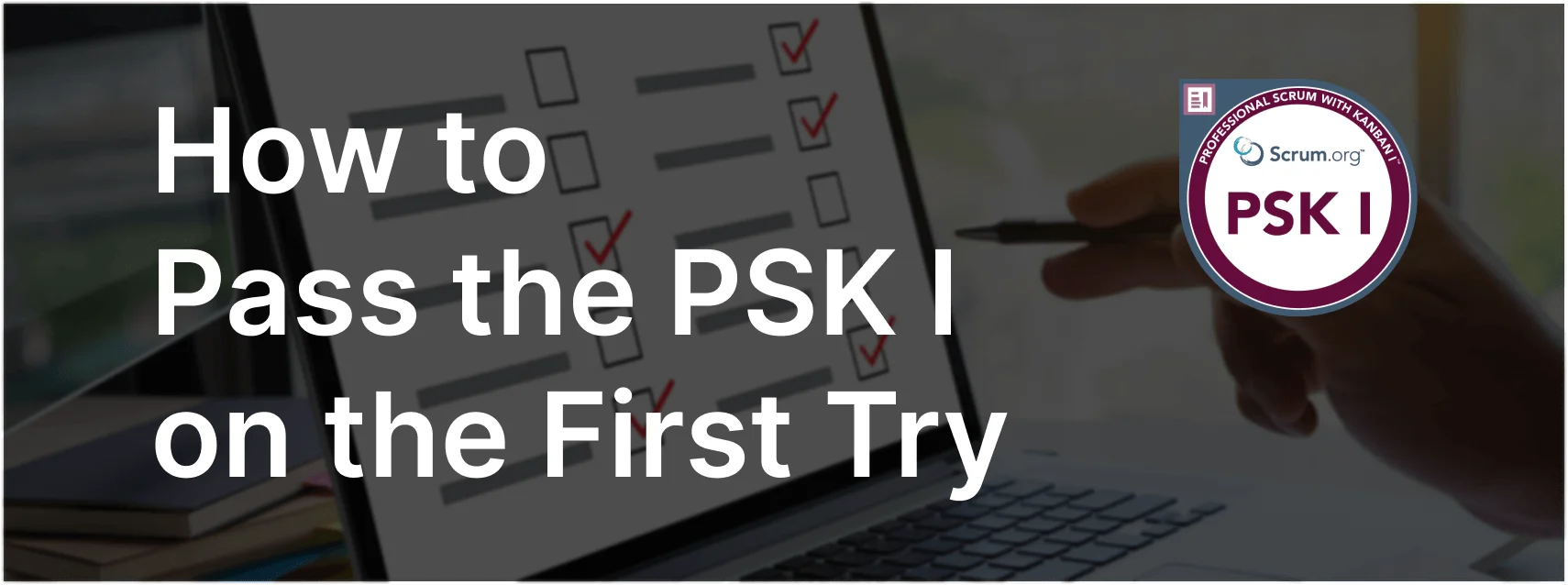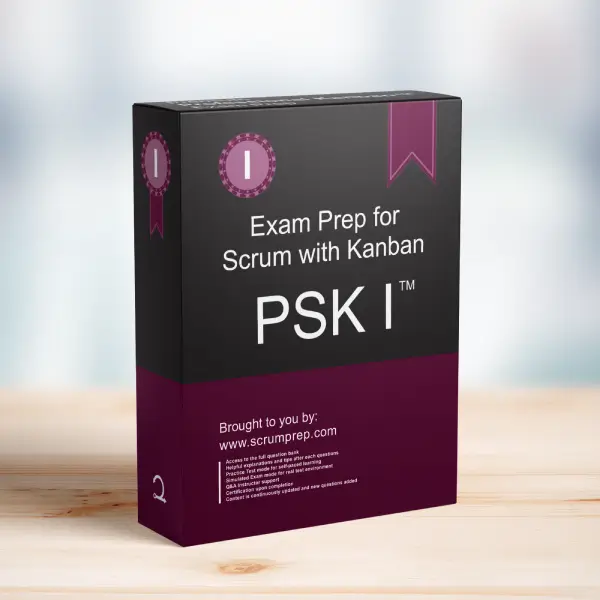Work in Progress (WIP) as a Leading Indicator in Kanban
Work in Progress (WIP) is an essential metric in Kanban that helps manage and optimize the flow of work. However, its role as a leading indicator can vary depending on the specific metric being considered.
Exam Question
Within the same Kanban system, Work in Progress (WIP), is NOT a leading indicator for:
(choose the best answer)
A. Story points delivered.
B. Throughput.
C. Number of Product Backlog items finished in a Sprint.
D. Cycle time.
Correct Answer
A. Story points delivered.
Explanation
Correct Answer
A. Story points delivered:
Story points delivered is not directly influenced by WIP limits. Story points are typically associated with the estimation of effort required for Product Backlog items and can vary significantly from one item to another. While managing WIP can help improve overall flow and efficiency, it does not directly serve as a leading indicator for the number of story points delivered, which depends on the complexity and size of the tasks rather than the flow efficiency.
Why the Other Options Are Leading Indicators
B. Throughput:
WIP limits directly impact throughput by controlling the amount of work the team is handling at any given time. By managing WIP, teams can ensure a steady flow of completed items, thus improving throughput.
C. Number of Product Backlog items finished in a Sprint:
WIP limits help maintain a manageable amount of work in progress, which can lead to an increased number of completed items within a Sprint. This is because limiting WIP reduces context switching and helps the team focus on completing tasks.
D. Cycle time:
WIP limits are a direct leading indicator for cycle time. By reducing WIP, teams can shorten the cycle time, as fewer items in progress mean quicker completion times for individual tasks.
Importance of WIP in Kanban
- Flow Management: WIP limits help manage the flow of work, ensuring that the team is not overwhelmed and can maintain a steady pace of work.
- Improved Efficiency: By limiting WIP, teams can reduce multitasking and context switching, leading to higher efficiency and faster completion times.
- Predictability: Managing WIP leads to more predictable delivery times and improved overall performance.
Effective Practices for Managing WIP
- Set Clear WIP Limits: Establish and communicate clear WIP limits for different stages of the workflow.
- Monitor and Adjust: Regularly monitor WIP and adjust limits as necessary based on team capacity and workflow.
- Visual Management: Use Kanban boards to visualize WIP and track progress.
Relevance to the PSK I Exam
Understanding the role of WIP as a leading indicator in Kanban is crucial for the PSK I exam. It demonstrates knowledge of how WIP limits impact various aspects of workflow and efficiency in a Kanban system.
Key Takeaways
- WIP is not a leading indicator for story points delivered, as story points are related to the effort and complexity of tasks.
- WIP is a leading indicator for throughput, the number of Product Backlog items finished in a Sprint, and cycle time.
- Effective management of WIP is essential for optimizing workflow and improving team efficiency.
Conclusion
Within the same Kanban system, Work in Progress (WIP) is not a leading indicator for story points delivered. However, it is a critical leading indicator for throughput, the number of Product Backlog items finished in a Sprint, and cycle time. Proper management of WIP can significantly enhance the efficiency and predictability of a team’s workflow. For more information on preparing for the PSK I exam, visit our Professional Kanban PSK I™ Exam Prep.



